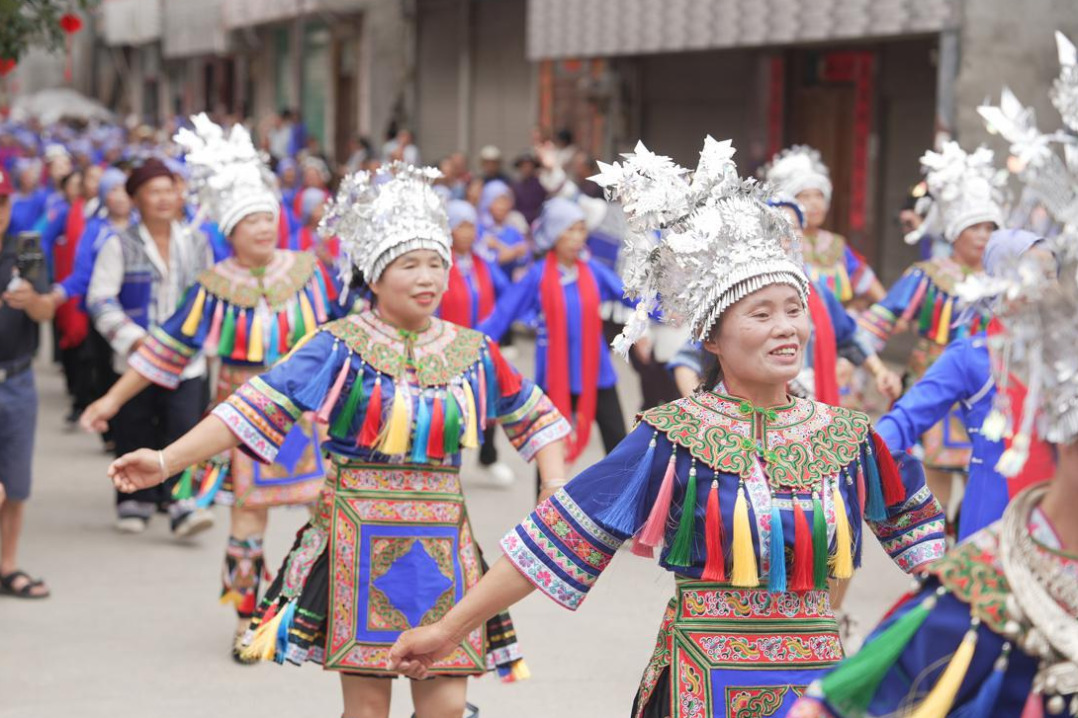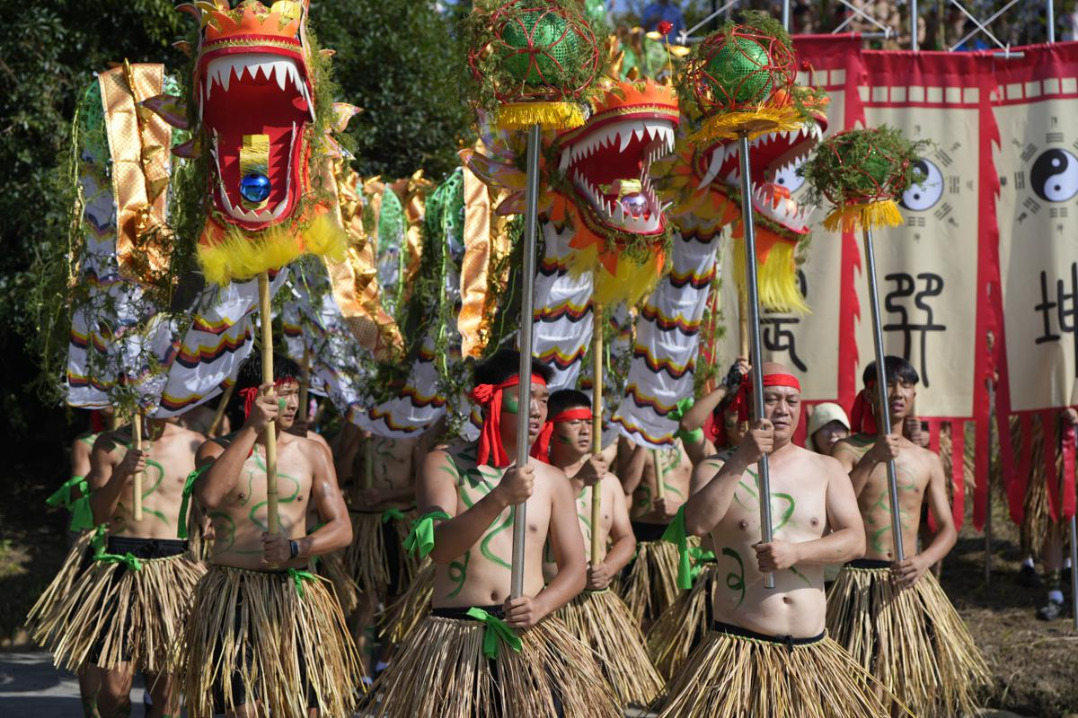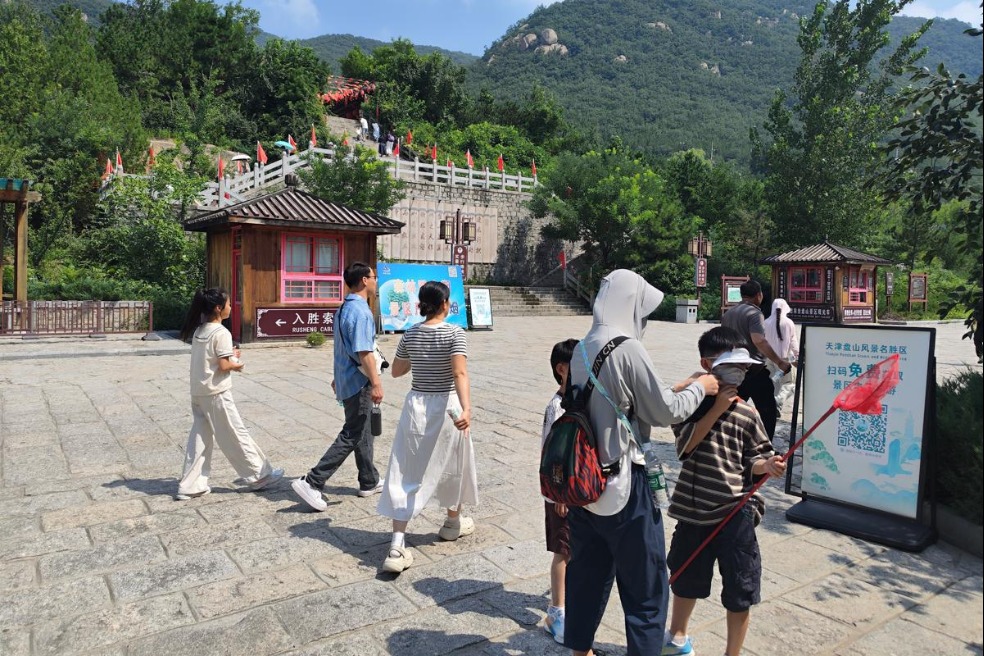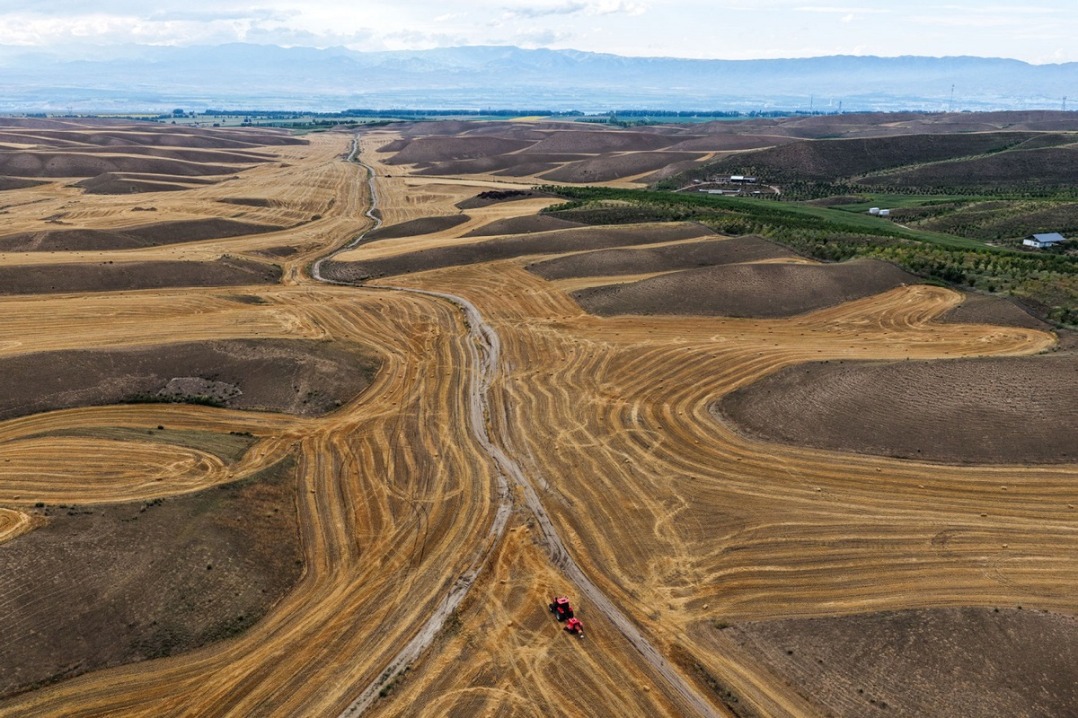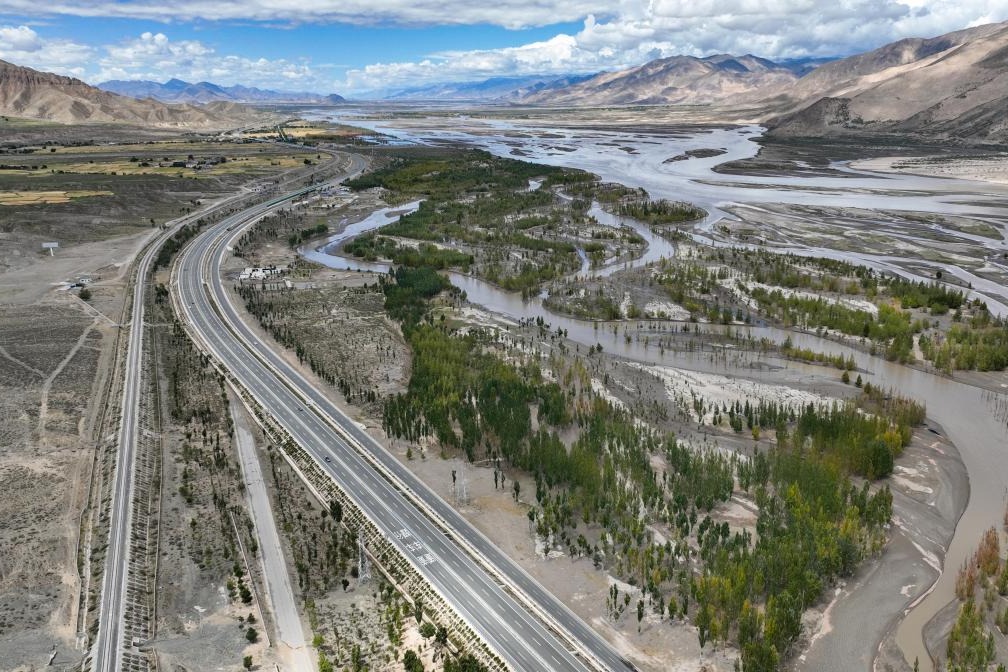Plan aims to lower air pollution in winter


China's top environmental watchdog has rolled out a more specific and ambitious plan to phase out or transform major emitters of airborne pollutants in the Beijing-Tianjin-Hebei province cluster this heating-supply season, following the worsening of air pollution during an unusually warm year.
Experts commended the range of performance-based production restrictions in the plan, saying it gives companies incentives to bring emissions to low levels. They also warned, however, that "long-lasting" and "wide-ranging" smog may occur due to unfavorable meteorological conditions.
Fall and winter are the seasons with the worst air quality in northern China, mainly because of coal-burning for heating. The Ministry of Ecology and Environment has regularly introduced plans to address the issue in recent years to enhance pollution control in the cluster, an area plagued by some of the country's worst emissions.
The recently released plan sets a target of reducing the cluster's average density of PM2.5 — fine particles of a diameter 2.5 micro-meters or less, tiny enough to enter the bloodstream — from Oct 1, 2019, to March 31, 2020 by 4 percent year-on-year. It also calls for a 6 percent reduction in the number of days in the area with severe pollution in that period.
The average concentration of PM2.5 in the Beijing-Tianjin-Hebei cluster rose 6.5 percent year-on-year in the corresponding period ending in March of this year, reaching 82 micrograms per cubic meter. The combined total number of days with severe air pollution reported by the individual centers in the region reached 624, up 36.8 percent.
The range of restrictions proposed made this year's plan stand out from previous ones, said Chai Fahe, deputy director of the National Joint Research Center for Tackling Key Problems in Air Pollution Control.
Under the plan, significant polluters in 15 industries — including steelmaking, petroleum refining and paint production — have been classified into three grades that will be subject to different production restrictions in the event of heavy air pollution. Emitters that fall into Grade A, those with extra-low emissions, will not have to restrict production and those graded B will face some restrictions. The plan will require the toughest restrictions for the worst polluters, those graded C.
"The mechanism can be an effective incentive that encourages companies to resort to low-emissions technologies," Chai said.
Describing the range of restrictions as "more scientific", ministry spokesman Liu Youbin said this year's plan also places more emphasis on being in line with the rule of law.
"We resolutely oppose one-size-fits-all approaches. No compulsory production restrictions and large-scale production suspensions are included in this year's plan," he said, in contrast with previous restrictions that spanned the entire heating-supply season.
The plan adds six cities in the Huaihai Economic Zone, including Linyi and Zaozhuang in Shandong province, to the previous list of 39 cities required to work jointly to curb heavy air pollution.
If the Beijing-Tianjin-Hebei province cluster is enveloped by heavy smog, the six new cities will also join the cluster in implementing emergency measures, including production restrictions.
Chai said the inclusion of the zone in the emergency response mechanism offers the six cities a good learning opportunity to enhance their air pollution control work.
"The 39 cities have seen bigger air quality improvement with stronger air pollution governance," he said. "These cities may play a leading role in helping the six cities improve their work when they work together in response to emergencies."
'More concrete' targets
Chai said this year's plan included "more concrete" targets for each province or municipality to phase out or transform major emitters.
In addition to phasing out capacity in steel, coke, cement and glass production, the plan also sets specific targets for local governments to upgrade their steel production capacity to achieve extra-low emissions.
Hebei, given the biggest task, has been told to phase out 14 million metric tons of steel capacity, along with 3 million tons of coke, 1 million tons of cement and a substantial amount of glass. The plan also requires it to hit a target of 100 million tons of extra-low emissions steel capacity.
About 2.03 million households in the province will switch from coal-burning to heat their homes — nearly 39 percent of the total making the shift in the cluster. Last year, 3.62 million households in the cluster made the switch.
"Making heating cleaner is the most crucial measure to improve air quality in the Beijing-Tianjin-Hebei province cluster, contributing to over one-third of the decrease in PM2.5 concentrations in the region," a ministry statement said.
Over 50 percent of households will shift to electricity, geothermal heating sources or other centralized heating for their homes, greatly relieving pressure on natural gas supplies, it said. Most coal-burning plants in the cluster already have switched to extra-low emissions technology.
The measures are, however, being rolled out amid unfavorable metrological conditions for the dispersal of air pollutants.
"This means there will be more pressure on air pollution control work, and we have to take more effective measures with even greater strength to offset the negative effect from the metrological conditions," Liu, the spokesman, said.
The average concentration of PM2.5 in the Beijing-Tianjin-Hebei cluster in September was 37 micrograms per cubic meter, up 12.1 percent year-on-year. So far this year, the average PM2.5 level is up 1.9 percent.
"We will make an all-out effort to implement tasks included in the plan to significantly reduce emissions of major air pollutants and take proper measures to cope with heavy air pollution to ensure targets for the fall and winter will be achieved," Liu said.
- Global influencers explore beer city at Qingdao WCNA
- Heavy rainstorm leaves three dead, four missing in Hebei resort
- Ethnic integration on the grassland
- China renews alerts for rainstorms, high temperature
- Beijing restores power, communications, water-supply to flood-hit villages
- Helicopter sightseeing project takes off over Wuliangsu Lake

















